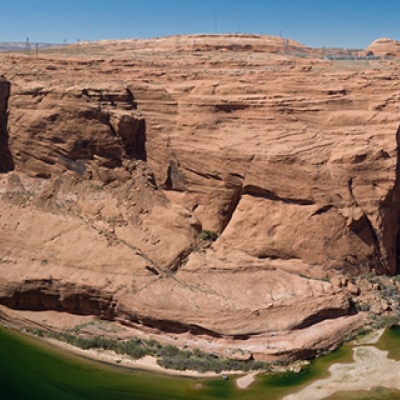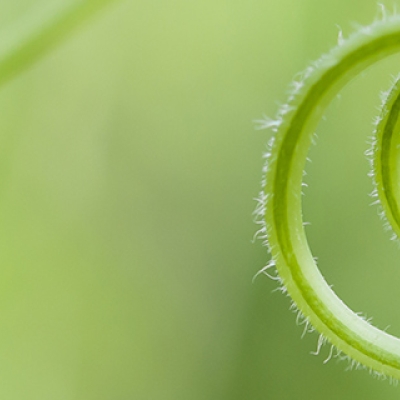
Revisiting Leopold in the National Parks
By Charles C. Chester / On October 2nd, 2012
The US National Park Service protects National Seashores, National Battlefields, National Monuments, National Historic Sites, National Memorials, and even National Parks. In total, the agency manages 397 “units” across the country and its territories.



